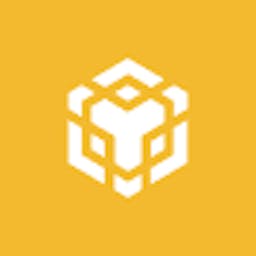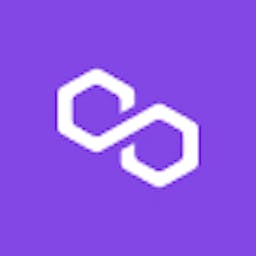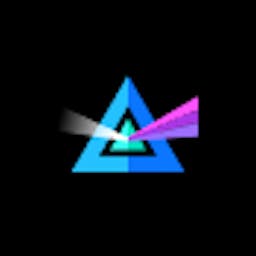Wigwam is the best 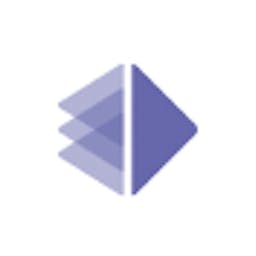 AltLayer blockchain crypto wallet
AltLayer blockchain crypto wallet
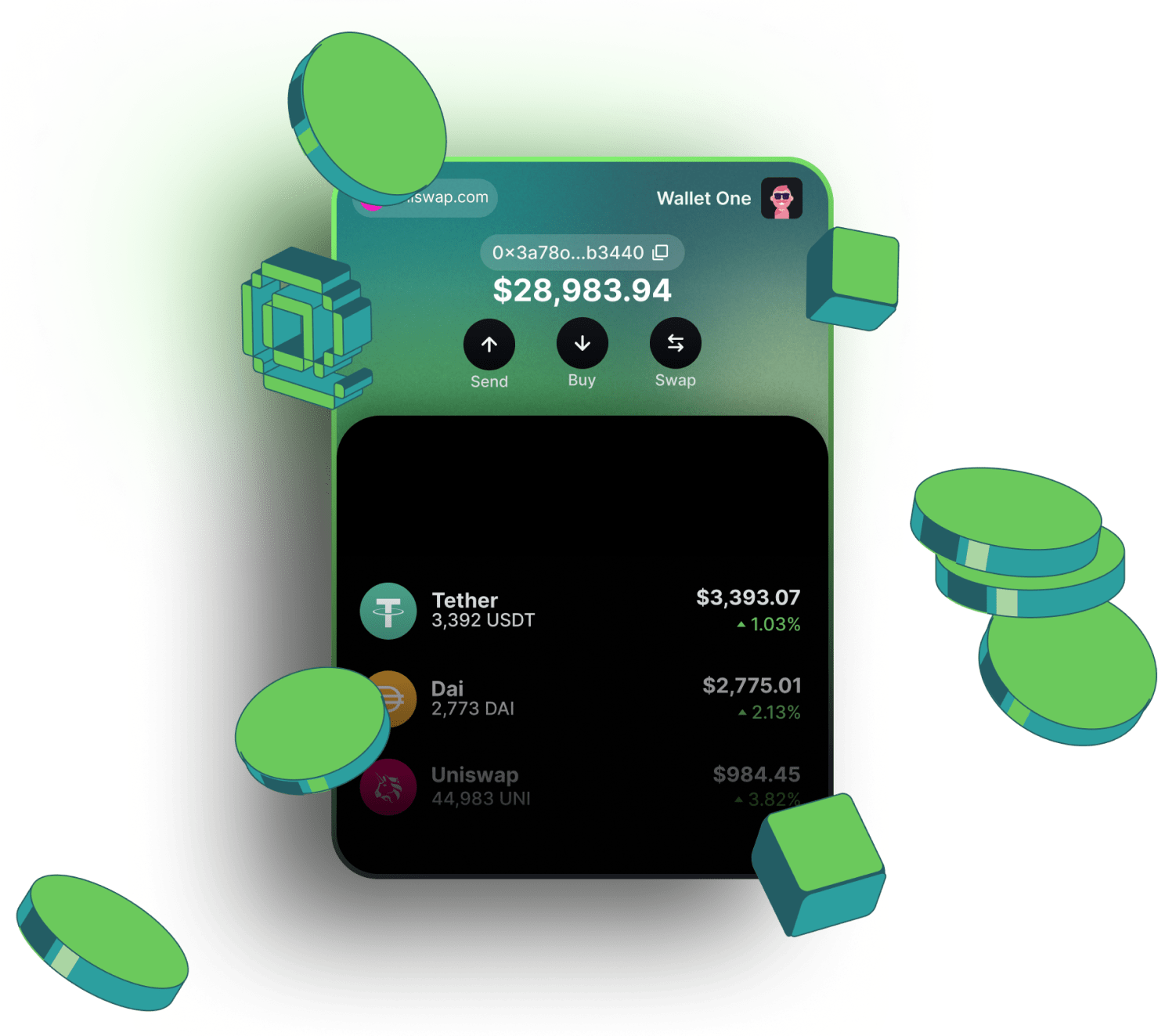
Why choose the Wigwam crypto app?
Work with AltLayer Testnets and Mainet
Buy AltLayer tokens, including native token, by using a credit card
Swap AltLayer-based tokens directly in the wallet
Possibility to connect the wallet to all AltLayer Blockchain dAps: DeFi, DAO, Gamings, etc
How to get a AltLayer address in Wigwam web wallet
Create a wallet in Wigwam
Choose a AltLayer network from the dropdown menu
Copy you AltLayer address
AltLayer Blockchain review
AltLayer is a decentralized Rollup-as-a-Service (RaaS) protocol and revolutionary blockchain project that has upended the traditional blockchain landscape with its novel approach to scalability and decentralization. AltLayer intends to improve existing rollup solutions by introducing concepts such as Retaked rollups, which will dramatically increase transaction speed and efficiency.
Altlayer origins & vision
Dr. Jia Yaoqi founded AltLayer in November 2022 to address blockchain scalability issues. It serves as a temporary extension layer for Optimistic Rollups, connecting Layer 1 and Layer 2 networks such as Ethereum, Solana, Arbitrum, and Optimism. AltLayer focuses on scalable Layer 2 solutions, including restaked rollups for improved security, decentralization, interoperability, and quick finality across stacks such as OP Stack, Arbitrum Orbit, ZKStack, and Polygon CDK.
Altlayer key milestones
AltLayer set out on an ambitious goal to address scalability issues in blockchain technology.
AltLayer launched its native utility token, ALT, in 2023, following the launching of restaked rollups in partnership with EigenLayer.
AltLayer accomplished key milestones in 2024 by collaborating with a number of projects, including Celestia, Avail, and Near Beacon, to improve support for OP Stack, Arbitrum Orbit, ZKStack, and Polygon CDK. AltLayer expanded its reach by supporting the NEAR Protocol's DA layer and collaborating with Arbitrum to enhance Layer 3 development.
Furthermore, in 2024, AltLayer played a critical part in increasing Cometh's Muster Network's acceptance of blockchain gaming while reinforcing support for OP Stack. Notably, Binance Labs demonstrated its belief in AltLayer's potential by making a strategic investment in the project.
In the same year, AltLayer established themselves as the leading provider of Rollups-as-a-Service (RaaS) for Arbitrum Orbit. Furthermore, AltLayer appointed Amrit Kumar as Chief Operating Officer (COO), bringing a significant addition to its executive team.
What consensus algorithm does AltLayer blockchain use?
AltLayer Blockchain uses a consensus mechanism known as Delegated Proof of Stake (DPoS). DPoS is a version of the Proof of Stake (PoS) consensus process in which coin holders elect block validators to create and validate blocks. This method was chosen because it is scalable, efficient, and resistant to centralization.
How AltLayer technically solved problems with scalability, decentralization, speed?
AltLayer Blockchain addresses scalability issues through sharding and improved block propagation, maintains decentralization through Delegated Proof of Stake (DPoS), and ensures speed through quick block confirmation and low-latency network optimization. The DPoS elects validators to validate transactions, which promotes decentralization, while open governance and incentives encourage involvement.
Who are the main players in the AltLayer blockchain ?
Validators:
Validators in the AltLayer blockchain ecosystem ensure network integrity and security. They are in charge of validating transactions and maintaining the consensus mechanism, which ensures the blockchain's stability.
Delegators:
Delegators are an important group in the AltLayer ecosystem. Delegates stake AltLayer tokens and vote on validators. In exchange, they receive a percentage of network revenues, which encourages active participation in the network's governance and management.
DeFi ecosystem on AltLayer
AltLayer's DeFi ecosystem is designed to provide scalable solutions for decentralized finance applications. By integrating with popular stacks such as OP Stack, Arbitrum Orbit, ZKStack, and Polygon CDK, AltLayer enables developers to create rollups that address scalability challenges and high transaction fees on the Ethereum main chain. This integration allows for the deployment of decentralized exchanges like "Moraswap V2" and "Sobal" on AltLayer, providing users with a diverse range of trading options.
NFTs Marketplaces on AltLayer
AltLayer's NFT marketplaces leverage the platform's scalable architecture to reduce gas fees and enhance interoperability with Ethereum's EVM features. This setup encourages artists and collectors to mint, sell, and collect NFTs on AltLayer's mainnet, fostering a vibrant NFT ecosystem. Notably, AltLayer hosts popular NFT initiatives like "Neon Punks" and "Neon Saga,” showcasing the platform's potential for engaging NFT projects.
Tokenomics and Gas Usage on AltLayer
AltLayer's native utility token, ALT, functions as an economic bond, governance token, and incentive for network participants. With a total supply of 10 billion tokens and a circulating supply of 1.1 billion, ALT has shown impressive growth, increasing from $0.67 to $1.45 within three days of its July 2023 launch, reflecting strong investor interest and confidence in the project.
Conclusion
AltLayer is at the vanguard of blockchain innovation, redefining the landscape with ground-breaking solutions for scalability, decentralization, and speed. AltLayer's visionary leadership, strategic collaborations, and technical prowess have resulted in amazing breakthroughs, cementing its position as a blockchain industry leader.
FAQ
A gas token on the AltLayer blockchain represents the cost of computational power necessary to perform network transactions or smart contracts. Gas tokens are required to pay transaction fees and encourage network participants to conduct transactions effectively. ALT is a gas token for AltLayer.
You can view your wallet activities in AltLayer by navigating to your preferred cryptocurrency wallet interface. Also, you may use AltLayer blockchain explorer to check all activities on this blockchain.
Individual interests and demands will determine the best AltLayer cryptocurrency wallets. Hardware wallets like the Ledger Nano S, software wallets like the Wigwam wallet, and mobile wallets like Trust Wallet or Coinbase Wallet are popular ways to store ALT tokens and engage with the AltLayer ecosystem.
To connect AltLayer to MetaMask, open your MetaMask extension in the browser. Click on the profile icon located at the top-right corner and select "Settings" from the dropdown menu. Proceed to the "Networks" section and click on "Add Network." Choose "Add a network manually" and input the following details:
Network Name: AltLayer
RPC URL: [AltLayer's RPC URL]
ChainID: [AltLayer's ChainID]
Symbol: ALT
Block Explorer URL: [AltLayer's Blockchain Explorer]
Save your changes by clicking on the "Save" button.
AltLayer's most popular projects include Celestia, Avail, Near Beacon, EigenDA, and others. These initiatives use AltLayer rollups to improve scalability, security, and interoperability in the blockchain ecosystem. AltLayer intends to host a diverse range of projects in the DeFi, gaming, and metaverse sectors in order to foster innovation and acceptance within its ecosystem.
